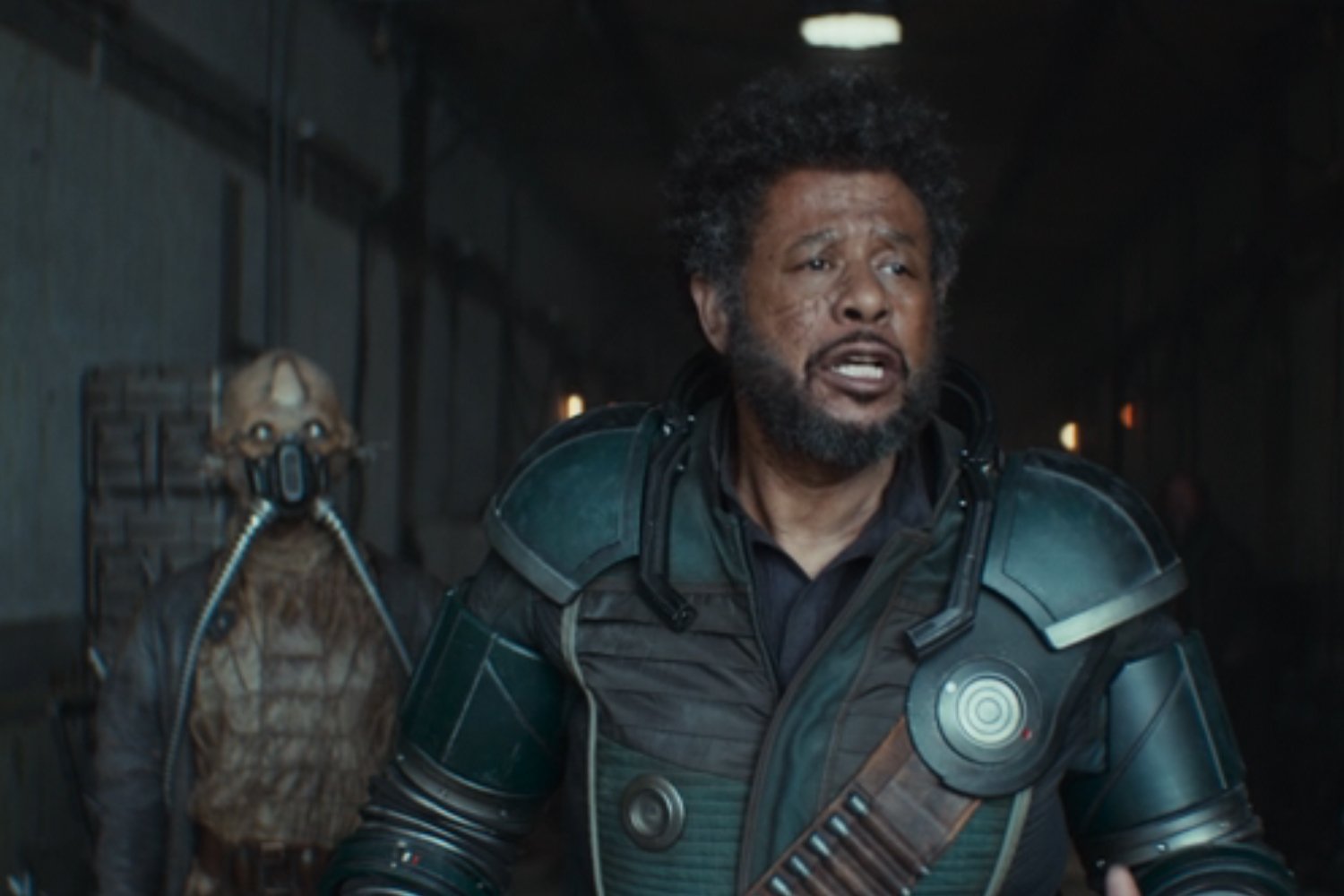
The Justification of Saw Gerrera: Andor’s Nuanced Portrayal of a Rebel Extremist
Saw Gerrera, a figure initially introduced as a more extreme element within the Rebel Alliance, has become one of the most complex and compelling characters in the Star Wars saga. He isn’t a straightforward hero in the mold of Luke Skywalker or Leia Organa. Instead, Saw represents the darker, more morally ambiguous side of resistance against a totalitarian regime like the Galactic Empire. He’s a constant thorn in the side of the more conventional rebels, like Mon Mothma, and provides a fascinating counterpoint to Luthen Rael’s pragmatic, yet equally ruthless, methods of rebellion, as seen in Andor.
The Andor series, in particular, has delved deeper into Saw’s character, moving beyond the simple label of "extremist" and exploring the experiences that have shaped his radical beliefs and actions. While previous appearances have often portrayed him as too distrusting, too unpredictable, and ultimately, too difficult to work with, Andor offers a more sympathetic and nuanced perspective, revealing the tragic circumstances that have driven him to the brink.
Recent episodes of Andor season two provide a particularly insightful look into Saw’s psyche, primarily through the eyes of Wilmon Paak, a former resident of Ferrix. Wilmon’s story mirrors Saw’s own origins in the Clone Wars, creating a powerful parallel between the two characters. Wilmon’s father was brutally tortured by the Empire in an attempt to locate "Axis," an insurgent operative. This led to Wilmon’s involvement in the riot at Maarva’s funeral, a moment of rebellion sparked by loss and anger. Similarly, Saw’s own path to extremism began with the loss of his sister during the Republic-backed insurgency against Separatist rule on Onderon. Both characters are defined by trauma inflicted by oppressive forces.
Wilmon is initially sent by Luthen to provide technical support to Saw’s partisans. The young man starts as a reluctant participant, seemingly manipulated by Saw through a combination of fear and deceit. However, as he witnesses Saw’s unwavering dedication to the cause, and the sacrifices he is willing to make, Wilmon gradually transforms into a willing adherent of Saw’s vision.
The culmination of this transformation occurs in a scene that is both shocking and revealing. Saw invites Wilmon to join him in inhaling the toxic vapors of rhydonium, a highly volatile starship fuel that they have managed to steal. Rhydonium is presented as a symbol of Saw’s ideology. He describes it as violently powerful, essential for resistance, and inherently defiant against those who seek to control it. For Saw, rhydonium represents the very essence of rebellion – a dangerous, uncontrollable force that will inevitably destroy those who attempt to dominate it.
This scene is crucial in understanding the depths of Saw’s character. It challenges the previous portrayals of him as simply a crazed extremist. Andor acknowledges his instability, but frames it as a direct result of the decades of oppression he has endured. He’s not simply volatile; he’s been forged in the fires of constant warfare and political betrayal. His fuel-huffing is simultaneously presented as the act of a person driven to the edge and the almost inevitable outcome of a life lived under the authoritarian jackboot of the Empire.
Saw’s impassioned speech to Wilmon further reinforces this point. "You think I’m crazy? Yes, I am. Revolution is not for the sane," he proclaims. These words encapsulate the essence of his character. Saw has suffered immeasurable loss, including the destruction of his home and the death of his family. He has been hunted by his oppressors and abandoned by his supposed allies. In the face of such overwhelming adversity, he argues, madness becomes a necessary tool for survival. His willingness to push boundaries, to embrace the dangerous and unpredictable, is not a sign of weakness but a testament to his unwavering commitment to freedom.
Andor masterfully presents Saw’s actions not as inherently wrong, but as tragically justified within the context of his experiences. The series draws parallels between Saw’s struggles and those of Luthen and Mon Mothma, highlighting the difficult choices they must make and the compromises they must accept in order to fight the Empire. While Luthen grapples with the moral implications of his own ruthless tactics, and Mon Mothma navigates the treacherous political landscape of the Imperial Senate, Saw embodies the raw, untamed rage that fuels the rebellion at its core.
The beauty of Andor lies in its ability to humanize even the most flawed and controversial characters. By exploring Saw’s past, the series provides a deeper understanding of his motivations and the sacrifices he has made. He is no longer simply a cautionary tale about the dangers of extremism; he is a complex and compelling figure whose actions, while often questionable, are ultimately rooted in a deep-seated desire for justice.
Given that we know Saw’s fate in Rogue One, Andor is setting the stage for his final act. The series is bringing him closer and closer to the end of his numbered days. If Andor is to be the last time we truly delve into Saw’s character before his ultimate sacrifice, then it is fitting that he is finally presented with a sense of vindication. He is allowed to burn as brightly as his beloved rhydonium, a symbol of the untamed spirit of rebellion that he so fiercely embodies.
